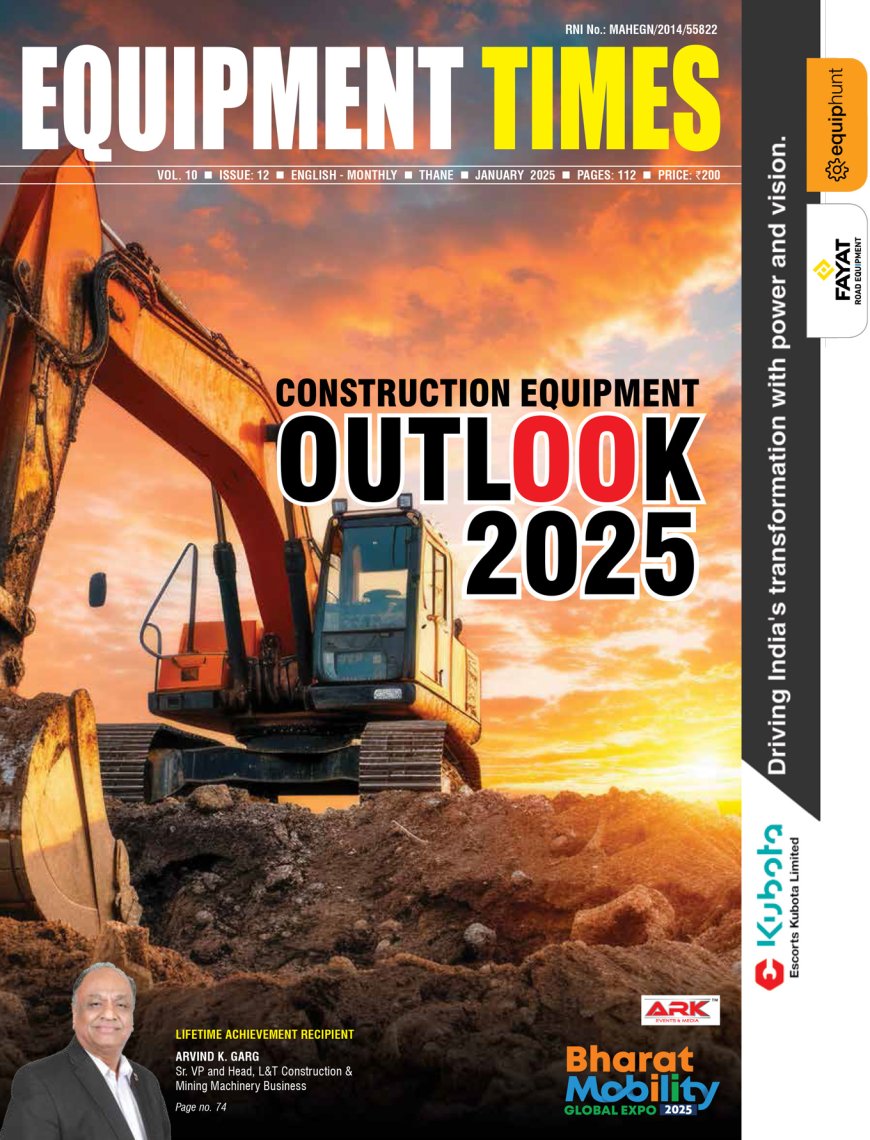LEASING – A Better Option
D K VYAS, CEO,SREI, Equipment Finance. GST on Leasing harmonises input across all levels to make the end product cost effective to the consumer, writes DK Vyas. The non-banking finance companies (NBFCs) play a vital role in promoting financial inclusion

D K VYAS,
CEO,SREI,
Equipment Finance.
GST on Leasing harmonises input across all levels to make the end product cost effective
to the consumer, writes DK Vyas.
The non-banking finance companies (NBFCs) play a vital role in promoting financial inclusion in India by catering to the needs of the unbanked and under-banked segments of the society, especially the Micro,
Small and Medium Enterprises (MSMEs) who form the backbone of the India Growth Story. NBFCs extend credit to the customers either in the form of loans or as operating lease. With the roll-out of the Goods & Services Tax (GST) regime, many industry observers have expressed hope that this will mark the revival of the leasing industry in India. For long, lease, as a financial instrument, has not quite taken off in India despite being an empirically proven cost-effective tool for capital creation worldwide. The confusion amongst our policy makers on whether leasing involves the sale of a good or a service resulted in the imposition of multiple taxes on lease thereby virtually killing its efficacy. With the introduction of GST, we are probably headed towards a more transparent taxation regime for leasing.
However, certain niggling issues still need to be sorted out. But before we come to that, it is important to understand why leasing is so relevant for India. Today, thanks to a number of domestic and international factors, India is the world’s fastest growing major economy. Thus, investors from around the world are once again interested in the India Growth Story and are exploring opportunities to invest in India. However, despite the decent growth rate, latest macroeconomic indicators reveal prominent signs of a slowdown in both consumption and investment, which are precursors to an impending slowdown in GDP growth. It is imperative to arrest this trend, or else the window of opportunity that has opened up for India will get closed soon.
What we need currently is a significant step up in investments in the infrastructure sector. Capacity creation in infrastructure is a must for any economy to sustain its growth momentum. India is no exception. While the government is doing its bit to increase its spending on infrastructure, to expedite the pace of infrastructure creation there is an urgent need to bring in private sector investments. India’s Public-Private Partnership (PPP) model of infrastructure creation is unique because, unlike most countries, we have successfully engaged the private sector in infrastructure creation. While it is usually the big project developers who bid for infrastructure projects, most of the actual implementation of project work is carried out by the numerous small and medium enterprises (SMEs) to whom the work gets sub-contracted. These SMEs, scattered throughout the country, carry out functions like construction, logistics and other ancillary services. While they require high-value assets (like earth-moving equipment, construction equipment, material handling equipment, etc.), keeping in mind the little capital they start off with it is very difficult for them to access such assets. What makes their job even more difficult is the fact that mainstream financing channels like banks usually do not find them
loan-worthy.
In construction and mining equipment (CME), around 50% of the equipment is taxed at 28%. This will hamper the growth of the CME industry which had already seen some tough years in the recent past. It will be prudent to considerably reduce the rates of GST on as these equipments are essentials for building the Indian Infrastructure. Construction equipment are an important part of this development as they form around 20%-40% of the project cost. However, the infrastructure projects have been struggling due to paucity of funds. Leasing is a viable solution which can help the developers/contractors deleverage and reduce their on–books lending. GST on Leasing harmonises input across all levels to make the end product cost effective to the consumer. However, higher rates under GST leads to blocking of working capital as the output tax liability may not be able to fully absorb the input tax. The above factor results in increasing the cost of Leasing an equipment. In order to sustain the nascent Leasing Industry in infrastructure space, it is desirable that full input tax credit is allowed instead of providing a blanket restrictive clause. Also defining ‘Assignment of Receivables’ under the ‘supply’ category has brought them under the levy of GST. This makes it difficult for infrastructure equipment financiers to procure funding for such transactions.
Despite these few jinks, overall positive on the benefits of GST. GST will prove to be a game changer in
the long run and bring in the much needed seamlessness in the Indian economic system.
Hits: 20










